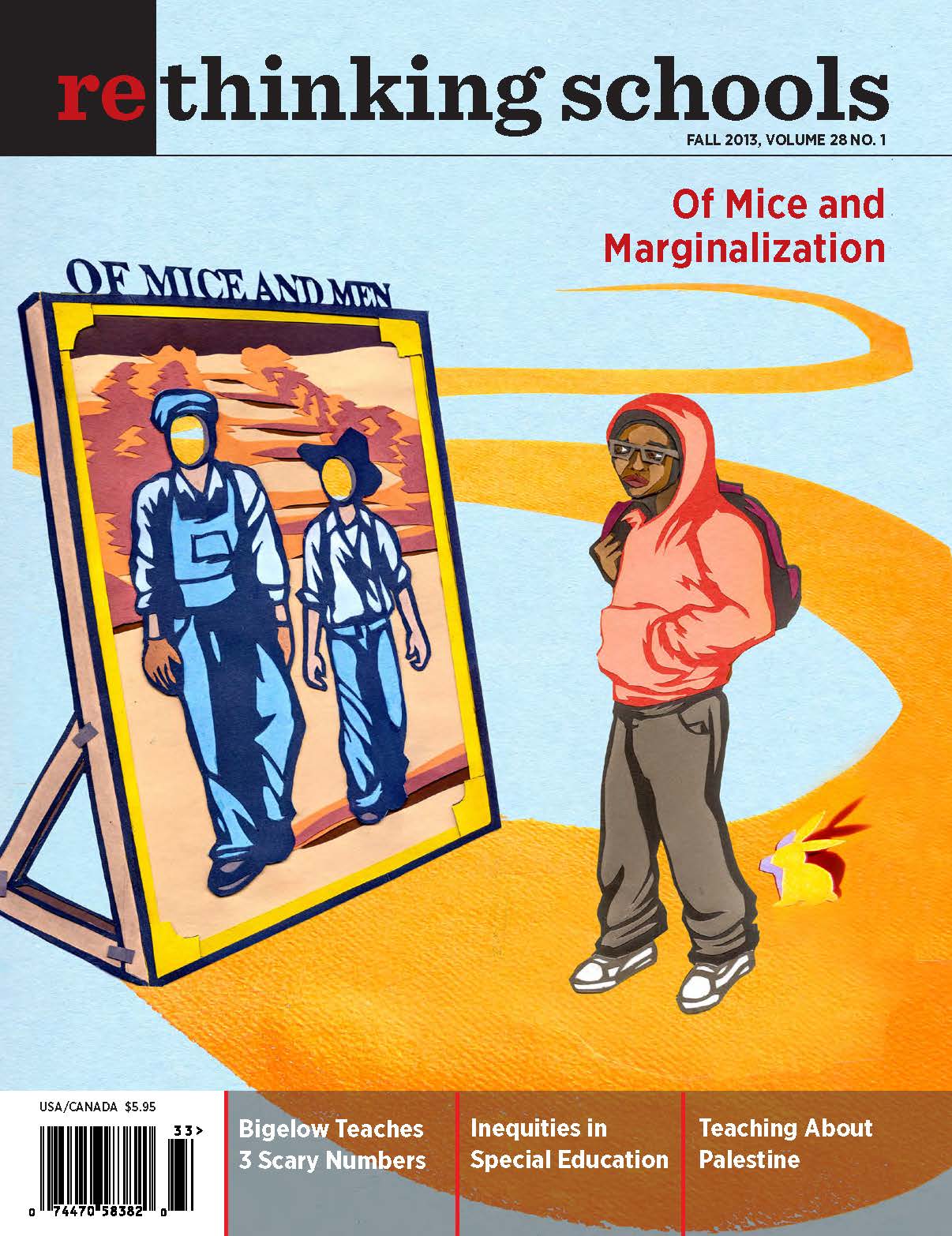 The fall issue of Rethinking Schools magazine, which will appear online and in your mailbox (if you’re a subscriber!) before you know it, includes a review of Bob Gliner’s 2012 film Schools that Change Communities.
The fall issue of Rethinking Schools magazine, which will appear online and in your mailbox (if you’re a subscriber!) before you know it, includes a review of Bob Gliner’s 2012 film Schools that Change Communities.
We recently learned that the film will be airing on PBS World stations in many cities over the next several days. You can check your local listings here.
Here’s an excerpt from David Sobel’s review:
Schools That Change Communities provides a view of what we should be aspiring to in schools. Let’s call it aspiring to high standards within the context of respecting the whole child and grounding education in place and community. Filmmaker Bob Gliner focuses on five schools in five very different communities across the United States. The diversity of grade levels and ethnic profiles shows that this kind of innovative, place-based approach can work anywhere. All are public schools, three out of five in high-poverty areas.
At these five schools, the emphasis is on connecting the curriculum to real issues and
problems in the school and the community. The teachers create curriculum that changes students and changes communities. Greg Smith of Lewis & Clark College explains that this grounding of curriculum in the natural and social context is what makes education relevant and meaningful: “These kids don’t need to ask ‘Why am I learning this?’ They know why they’re learning it.”
We see the students at Young Achievers Math and Science Pilot School in Boston working with José Massó, a grandparent and WBUR (Boston’s National Public Radio) radio show host, to produce public service announcements about asthma. The realness of the work is compelling. Students know that they’re not just doing this for the teacher, they’re doing this for the community. Massó summarizes:
“From an early age, they understand the idea of civic engagement—not to be bystanders but to be active in changing things they believe need to be changed. That has to be part of the pedagogy in schooling if we’re going to be successful in the 21st century. It empowers them to believe and know when they share their learning with a wider audience.”
Crellin Elementary is a K–5 school in western Maryland coal mining country. When acid mine drainage is identified on a site adjacent to the school, the faculty work with the Bureau of Mines to mitigate the polluted water and create an environmental education laboratory for the schools. The project makes for great curriculum and for improved water quality in adjacent Snowy Creek.
Skeptics, of course, wonder whether this approach will sacrifice student achievement and depress test scores. For example, Crellin 4th and 5th graders are engaged in a Trout in the Classroom project. If children are taking field trips to the stream to do water quality testing to make sure the water is healthy for trout, are they sacrificing time from literacy or math? Gliner addresses this issue in the film. There’s joyful footage of transferring the trout from the classroom to the local stream with smiling students, helpful parents, and the Department of Natural Resources specialist. Then, back in the classroom, the principal leads a related math lesson. This is when math comes alive, when it’s directly related to real-world experiences. In 2010, Crellin was rated the highest performing elementary school in Maryland.
The complete review of Schools that Change Communities will be available on our website and in the print edition of the magazine by next Monday, September 30.
